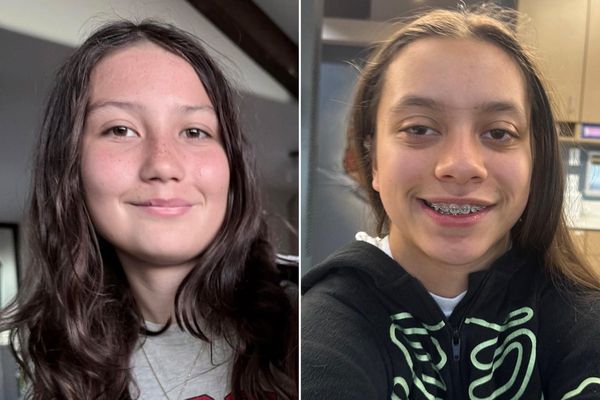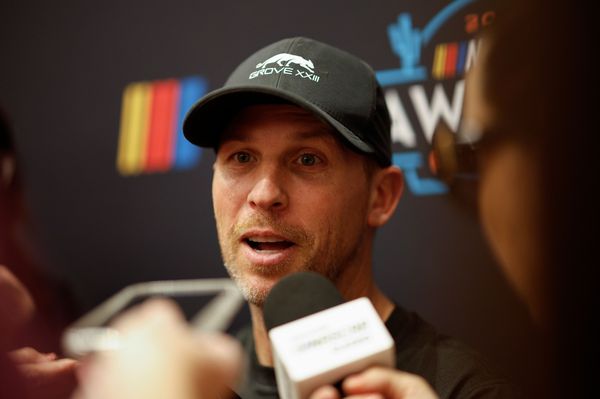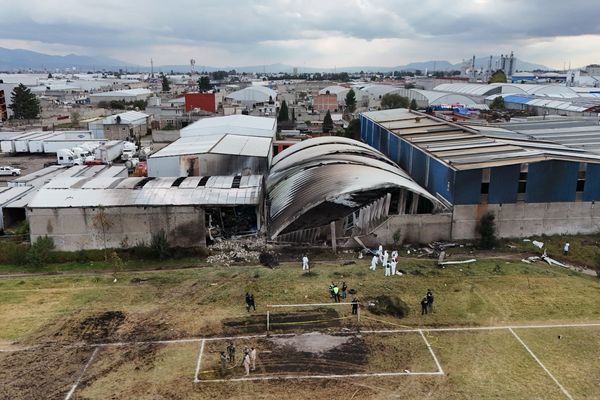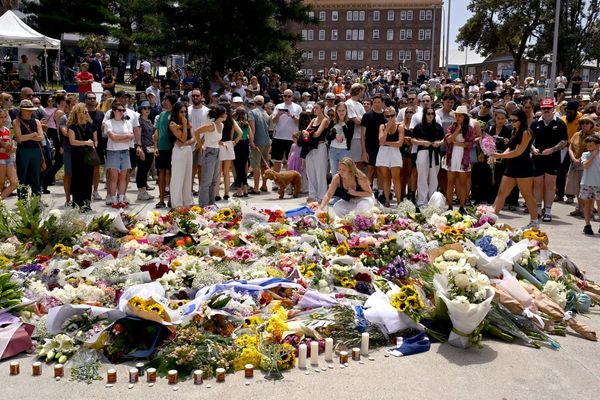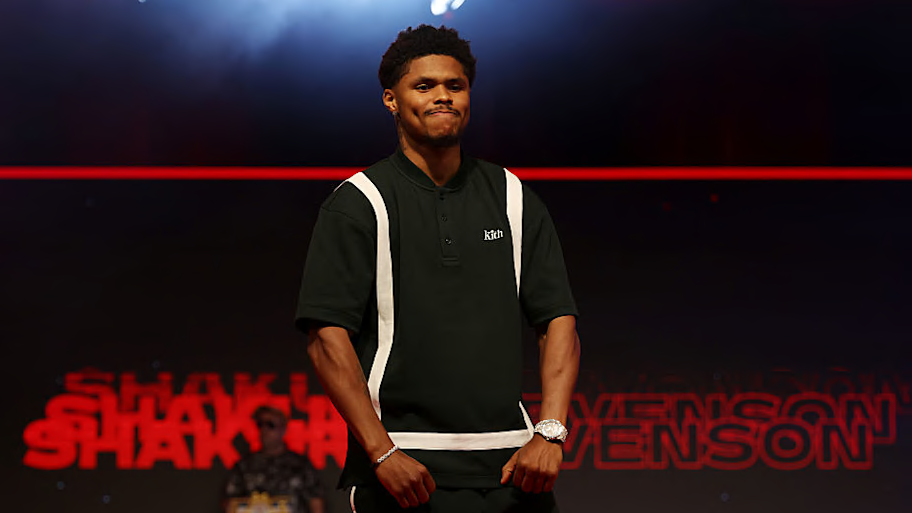
NEW YORK – Shakur Stevenson shook his head at the question. What kind of work do you do to maintain your hands, a reporter asked through a Zoom call last week. “What don’t I do?” Stevenson responded, before rattling off a few. There are rubber balls for hand strengthening. An Xtensor, a webbed resistance glove, for stability and grip. During training camps a therapist will drop in with a machine to electronically stimulate the blood flow. In between there are regular dips into rice bowls and ice buckets.
“It’s a lot, bro,” Stevenson says. “I ain’t going to lie, it’s a long process.”
On Saturday, Stevenson (23–0) will defend his 135-pound title against William Zepeda (33–0) at Louis Armstrong Stadium. It’s an anticipated matchup: Zepeda, a boxing buzzsaw who routinely throws in the neighborhood of 100 punches per round, against Stevenson, arguably the best defensive fighter of his generation. It’s a classic clash of styles with countless variables. Including, unfortunately, the health of Stevenson’s troublesome hands.
In recent years, Stevenson’s hands have become a recurring problem. In 2023, he fought Edwin De Los Santos with an injury to his left hand, which contributed to a lackluster decision win. In 2024, Stevenson underwent surgery to repair ligament damage in his right hand. In February, Stevenson re-injured his left hand in a knockout win over Josh Padley.
The injuries have not stopped his ascent: Stevenson, 28, is a three-division world champion who has punched his way onto many pound-for-pound lists. But they have slowed him down. He needed nearly nine months to recover after the De Los Santos fight. The surgery in 2024 forced him out of a lucrative title defense against Joe Cordina.
To prevent them, Stevenson has embraced year-round therapy. He commits, he says, “hours per day” to hand strengthening. He has sought advice from other fighters: Floyd Mayweather, who famously dealt with fragile hands. Andre Ward, the boxing Hall of Famer who Stevenson has a close relationship with. Terence Crawford, who Stevenson often trains with. Any tricks they have, Stevenson says, he’s willing to try.
“They have given me good advice,” he says.
It’s an approach Stevenson wishes he took years ago. He used to shrug off hand injuries. “I didn’t care,” Stevenson says. When he suffered one, as he did in his pro debut, he chalked it up to being part of boxing. In training, he would slip on basic hand wraps. If he felt pain, he would punch right through it.
“I was used to having hand injuries,” Stevenson says. “I just thought, ‘Okay, you are going to have them.’ Then they going go away, then they'll come back, then they'll go away again. I guess you could say I was immature about it.”
Wali Moses, Stevenson’s grandfather and trainer, estimates Stevenson has been dealing with hand problems for “the last six or seven fights.” Moses has worked on adjusting how Stevenson punches, focusing on the middle of his knuckles absorbing the most impact.
“The tendons in your hand are supposed to go one way,” Moses says. “They're not supposed to go left or right. And what was happening, his tendons were going left and right and was causing severe pain. And what he has done was actually start punching better, more correct, focusing his punches on his knuckles. It’s helped a lot.”
Still, Stevenson knows the extra work guarantees nothing. Last February, Stevenson entered the fight against Padley fully healthy. Early on, he landed a left hand that sent a shock down to his wrist. “Oh I could feel it,” Stevenson says. To protect it, Stevenson, a southpaw, briefly switched to orthodox. A barrage of body shots put Padley down three times in the ninth round, forcing his corner to wave off the fight. When Stevenson took his gloves off, his left hand was sore—and his surgically repaired right hand was swollen.
The hand issues have forced Stevenson to adjust his schedule. He fought five times in 2018. Another four in 2019, including his first world title fight. Those days are over, Stevenson says. Two fights a year. Maybe three. With plenty of rest in between. He admits fighting Zepeda this close to his last fight isn’t ideal. “Wasn’t my idea,” Stevenson says. But for Zepeda and the purse that comes with it, he signed off.
“I feel like if [promoters] allow me the time to rest, my career can go a certain way,” Stevenson says. “I just can’t keep going back to back to back. That’s going to f— my hands up.”
Against Zepeda, Stevenson presumably will need both hands healthy. Zepeda, 29, is relentless. He averages 91.3 punches per round, according to Compubox (most of any fighter in any weight class) and lands 31.1 (ditto). He is among boxing’s best in landed jabs and power punches. In 2022, Zepeda broke a Compubox record throwing 1,536 punches in a win over Joseph Diaz Jr.
“My punch volume,” Zepeda said this week, “will be my key to success.”
Stevenson acknowledges the significance of the challenge. And he believes his hands will hold up. Any injury, though, won’t derail him. Stevenson is a generationally great defensive fighter. He has the best plus/minus (21.1) in boxing. Statistically, no fighter is harder to hit. In 166 professional rounds, Stevenson has been out landed in just four of them.
“I'm a great fighter,” Stevenson says. “When it really comes down to it, I know even with the hand problems, if they do get hurt in there, whatever has to be done to win the fight, I will do. Of course I can’t move all around the ring. That’s going to make it look like I’m losing. I’m going to have to throw my hands. I’m going to have to be on point. But as long as my conditioning is good, that’s all that matters.”
And if a hand issue flares up?
“F— it,” Stevenson says. “Let them hurt. And keep punching.”
This article was originally published on www.si.com as Shakur Stevenson Is Ready for His Next Title Fight—Healthy Hands or Not.


